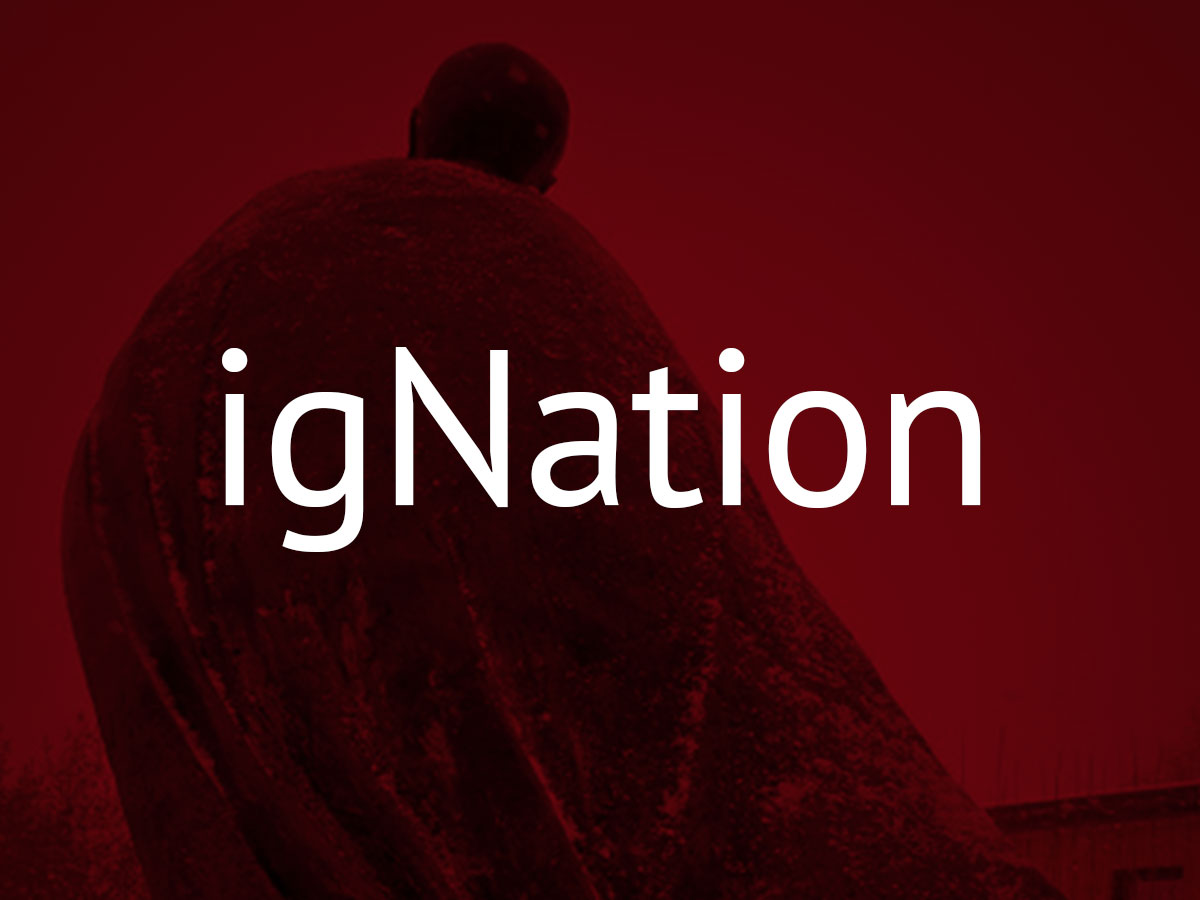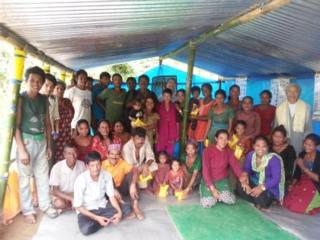Mission in Asia

In the autumn of 1993 I had a retreat to preach in Patna, India, and some time to spare, so I chose to walk south from Kathmandu to the plains. The trip took three and a half days, crossing the Mahabarat and then the lower Siwalik mountain ranges. I enjoyed the usual spectacular scenery and wonderful Nepali hospitality. On the third day I reached the lowlands between the ranges, and stopped in the village of Raigaon where the people welcomed me. (1)  The conversation led to religion and my Christianity. “We too are Christians,” said an elderly man. He explained that some years earlier, after the monsoon rains failed, there was nothing to eat. A Christian aid worker arranged a Twin Otter flight to deliver food to this isolated valley. There was no sign of a church, but the people did have their Bibles and did get together to pray and above all, got along with one another!
The conversation led to religion and my Christianity. “We too are Christians,” said an elderly man. He explained that some years earlier, after the monsoon rains failed, there was nothing to eat. A Christian aid worker arranged a Twin Otter flight to deliver food to this isolated valley. There was no sign of a church, but the people did have their Bibles and did get together to pray and above all, got along with one another!
In the 1980’s when any convert to Christianity broke the law, missionary groups preached to the people of upper Dhading District, to the northwest of Kathmandu. The results are amazing! Not only have these people built little churches where they gather to pray weekly, but also their lifestyle has vastly improved – no alcohol or expensive consultations with the local shaman!
Both groups were “awaiting the Gospel.” (2) That good news brought external help and internal peace. Missionaries risked their freedom to bring this news to the villages. The work in Nepal began quietly in the early 1950’s when development work started. There was strong official opposition through 1991, when the country became a little more democratic, but even as I write the laws are still on the books. Groups are working on changes. By the time you read this blog Nepal will hopefully have a secular constitution.
The growth of Christianity in Nepal is accelerating. In the decade from the censuses of 2001 and 2011, the population grew by 14.8%, but the Christian population increased by 268%, and is now about 3% of the population. The data is far from accurate, but the effect is clear. There are Christians throughout the country. In Kathmandu I know of four seminaries preparing pastors with college degrees in theology. The leadership of the churches is strong and completely Nepali. Of course there are differences, but generally we enjoy excellent cooperation between the Christian believers. Christianity is here to stay! (3)
Where do the Catholics stand? The Jesuits came in 1951 to exclusively run private schools in the Kathmandu Valley. They stuck to this, but in the early 1980’s other religious congregations arrived from India and slowly Catholic ministry, especially through schools, began in other parts of Nepal. Social and pastoral work followed. Hopefully the constitution will free us to legally provide pastoral services, along with social work and education. One can guess that there are about 375,000 Christians in Nepal. Less than 9,000 of these are Catholic.
 (4) I’ve been enjoying giving a little help to the National Inter-Religious Network – Nepal. This group of Hindu, Muslim, Jain, Buddhist, Baha’i, and Christian leaders works at promoting religious harmony through development activities. It is currently trying to help women and girls, by lobbying to stop child marriage. Traditionally girls were given in marriage even before puberty. The girl then became a member of the husband’s family so no burden on her struggling parents. That ended her education and any chance for self-determination. Thanks to funding from UNFPA and UNICEF, our little group is trying to encourage local religious leaders to teach their congregations the country’s laws, and more importantly the message various scriptures give. We’ve prepared manuals and field workers are now busy in six of Nepal’s seventy-five districts. They encourage leaders to preach justice for girls and women, based on their own scriptures.
(4) I’ve been enjoying giving a little help to the National Inter-Religious Network – Nepal. This group of Hindu, Muslim, Jain, Buddhist, Baha’i, and Christian leaders works at promoting religious harmony through development activities. It is currently trying to help women and girls, by lobbying to stop child marriage. Traditionally girls were given in marriage even before puberty. The girl then became a member of the husband’s family so no burden on her struggling parents. That ended her education and any chance for self-determination. Thanks to funding from UNFPA and UNICEF, our little group is trying to encourage local religious leaders to teach their congregations the country’s laws, and more importantly the message various scriptures give. We’ve prepared manuals and field workers are now busy in six of Nepal’s seventy-five districts. They encourage leaders to preach justice for girls and women, based on their own scriptures.
This cooperation has taught me that the statistics are not important. People can hear the Good News in their own tradition, news that brings them the freedom to grow, to enjoy forgiving and being forgiven. Our Christian teaching is clear. Hopefully we can enjoy sharing it with everyone waiting to hear.
++++++++++++++++++++++++++
Source for all photos is Bill Robins, SJ:
(1) Parishioners with Bp. Paul Simick and Sr. Sophia, SPC (St. Paul of Chartres, Korean)
(2) Bishop Paul saying Mass.
(3) L-R, Fr. Ignatius Rai's back, Bp. Paul, Krishna Nepali, Sr. Sophia on land the sisters have bought for a hall and sewing center.
(4) Sr. Gemma, SPC and Bp. Paul with the sewing center trainees.




No Comments